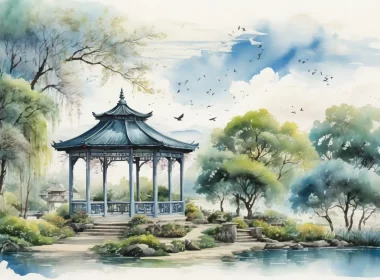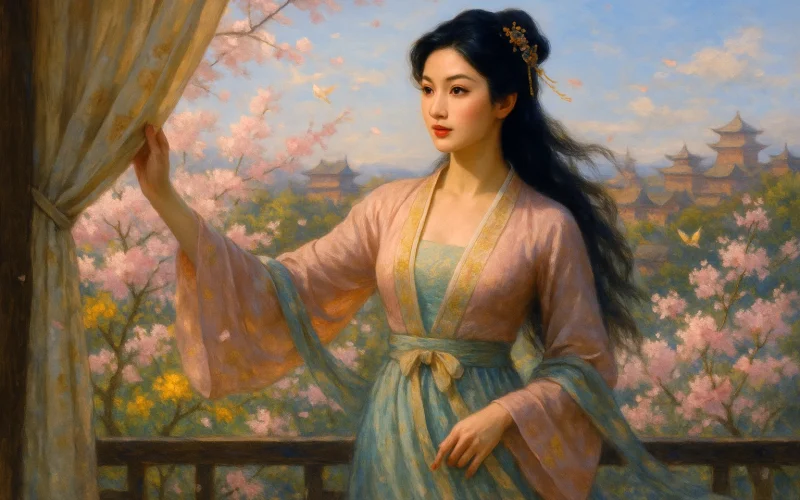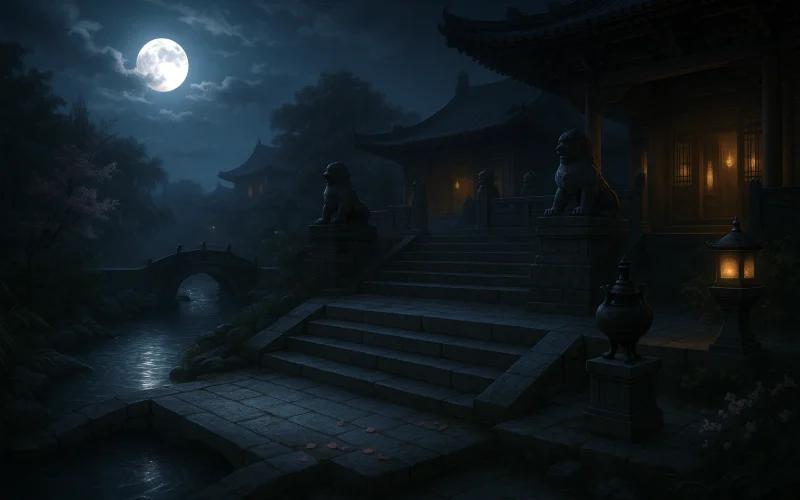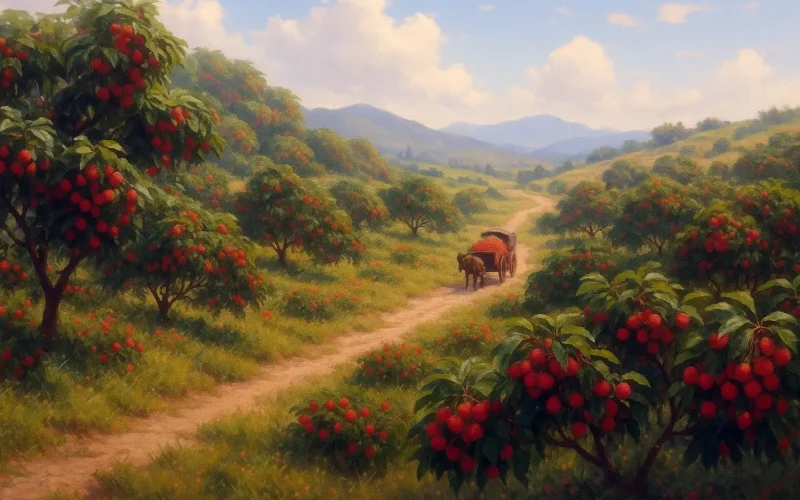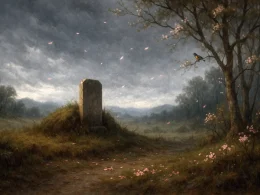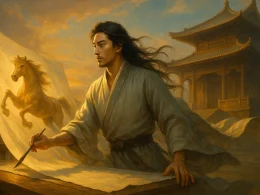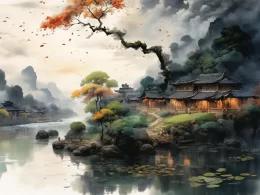The jade pot gleams like ice, the censer's ash lies cold;
She rises, lifts embroidered drapes to behold:
Overnight, spring's blossoms—six-petal snow in flight,
No need for scissors' art, they bloom in purest white.
Luoyang's towers pierce the heavens, high and low,
Pavilions tiered like layered clouds in sunset's glow.
Willow down drifts light on the breeze, so free,
Brushing my saddle, clinging to my sleeves—
This homeward path feels like the Street of Poetry.
Original Poem
「少年游 · 玉壶冰莹兽炉灰」
欧阳修
玉壶冰莹兽炉灰。人起绣帘开。
春丛一夜,六花开尽,不待剪刀催。
洛阳城阙中天起,高下遍楼台。
絮乱风轻,拂鞍沾袖,归路似章街。
Interpretation
Composed during the TianSheng era (c. 1023-1032) while serving as a judicial officer in Luoyang, this lyric employs a bipartite perspective to explore winter's duality. Through alternating viewpoints of a boudoir-bound woman and a homeward traveler, Ouyang transforms snowfall into a medium for exploring gendered experiences of isolation and displacement, showcasing his early experimentation with spatial poetics.
Boudoir Stanza: "玉壶冰莹兽炉灰。人起绣帘开。春丛一夜,六花开尽,不待剪刀催。"
Yù hú bīng yíng shòu lú huī. Rén qǐ xiù lián kāi. Chūn cóng yī yè, liù huā kāi jìn, bù dài jiǎn dāo cuī.
Jade vase glows with ice-glaze,
Beast-shaped brazier cold—
She rises, lifts embroidered drape:
Spring thickets overnight
Blossom six-petaled white,
No gardener's shears required
For this floral invasion of light.
The domestic still life opens with thermodynamic opposites: the frozen vase (冰莹) against extinct furnace ashes (炉灰). The miraculous "six-petaled flowers" (六花), a classical snow metaphor, parody natural growth cycles—their spontaneous eruption mocking the absent "gardener's shears" (剪刀催) of spring. This botanical paradox reveals the woman's sequestered world where weather patterns replace human contact.
Journey Stanza: "洛阳城阙中天起,高下遍楼台。絮乱风轻,拂鞍沾袖,归路似章街。"
Luò yáng chéng què zhōng tiān qǐ, gāo xià biàn lóu tái. Xù luàn fēng qīng, fú ān zhān xiù, guī lù shì zhāng jiē.
Luoyang's palaces pierce mid-sky,
Tiered towers cascade—
Willow-catkin snow
In capricious breezes
Dusts saddles,
Stains sleeves,
This homeward path
Mimics the pleasure-quarter's glow.
The urban panorama contrasts sharply with the boudoir's confinement. Snow becomes anthropomorphic "willow catkins" (絮), its whimsical movements (乱/轻) embodying a courtesan's teasing touches. The final allusion to Zhang Street (章街), Tang dynasty's red-light district, superimposes erotic memory onto wintry return—a subversive suggestion that the traveler's "homecoming" leads to sensual rather than domestic warmth.
Holistic Appreciation
This lyric poem ingeniously captures a snowscape through two distinct perspectives. The first stanza adopts the viewpoint of a woman in her chamber, depicting the indoor scene and the heavy snow outside. The translucent jade pot and the extinguished incense ashes evoke a chilling atmosphere, while the six-petaled snowflakes beyond the curtain mirror her solitude and longing. The second stanza shifts outdoors, moving from the towering towers of Luoyang to the fluttering snowflakes and the traces of a horseback traveler, portraying both the beauty and the isolation of a journey through the snow. The contrast between the two stanzas reflects the poet’s shifting emotions in different settings, blending feeling with scenery to create a serene yet profound mood—capturing the quiet beauty of the snow while subtly conveying the melancholy of separation and loneliness.
Artistic Merits
Ouyang Xiu’s lyric poem is marked by refined and concise language, skillfully borrowing Tang poetic imagery to achieve both vivid detail and lyrical elegance. The transition between the two perspectives is seamless, juxtaposing the delicate sensitivity of the woman indoors with the unrestrained boldness of the traveler outside, enriching the poem’s depth and complexity. The rhythm flows smoothly, the rhymes harmonize naturally, and the interplay of movement and stillness, interior and exterior, deepens the emotional resonance. The language is fresh and timeless, with concrete yet evocative imagery that blends aesthetic beauty with profound sentiment, embodying the refined subtlety of Song Dynasty lyric poetry.
Insights
This poem teaches us how shifting perspectives can enrich a work’s layers and artistic conception. With delicate brushstrokes, the poet merges external scenery with inner emotion, using two starkly different scenes—home and travel—to reflect complex psychological states. This technique heightens expressive power and deepens the fusion of scene and sentiment. Moreover, the poem’s adept use of allusions and poetic borrowing illustrates how tradition can inspire new artistic expressions. It reminds us that descriptions of nature are not mere reflections of the external world but vessels for human emotion and thought—the two are inseparable.
About the Poet
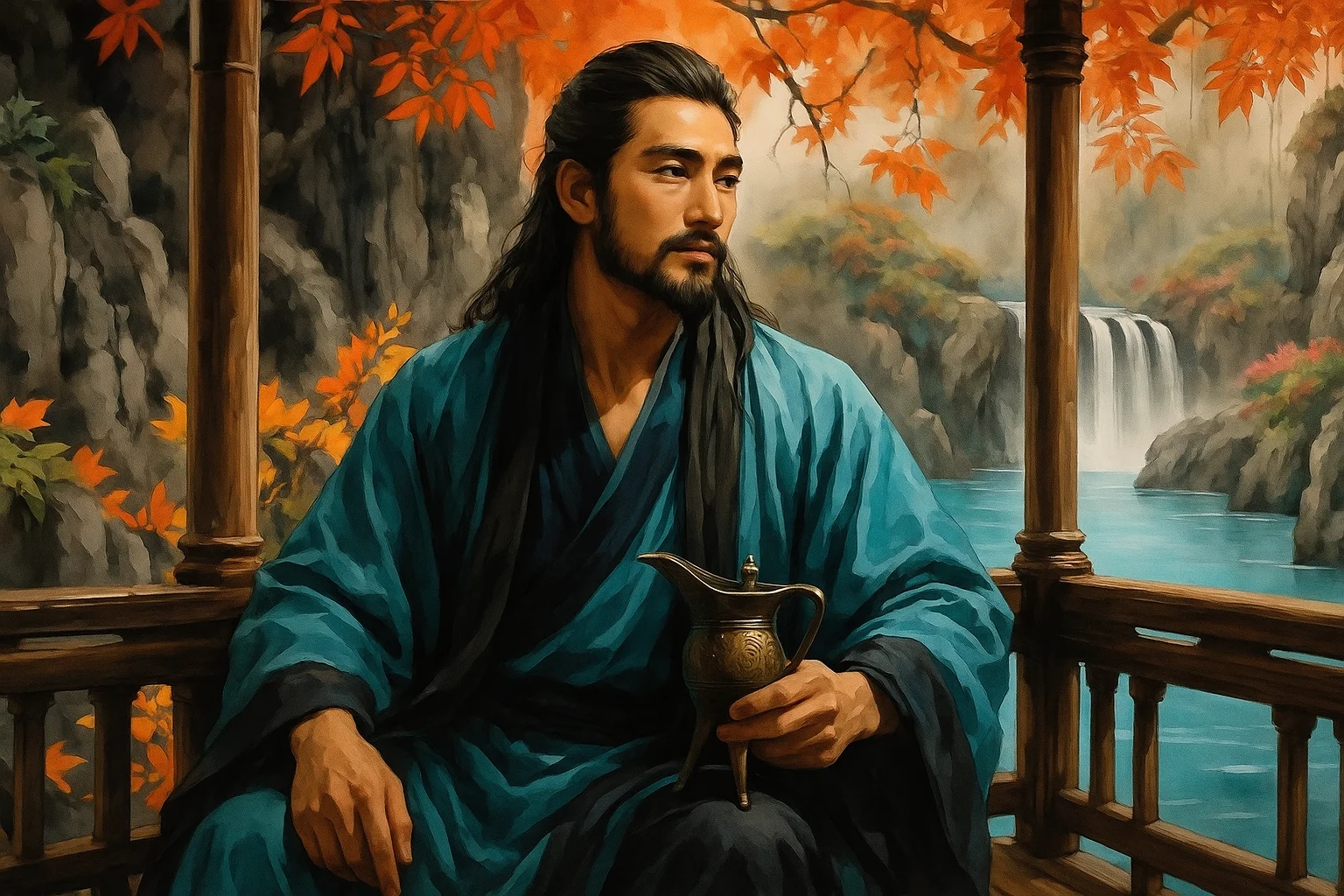
Ouyang Xiu (欧阳修, 1007 - 1072), a native of Yongfeng, Jizhou (present-day Jiangxi Province), emerged as the preeminent literary figure of the Northern Song Dynasty. After attaining the jinshi degree in 1030, he spearheaded a literary reform movement that rejected the ornate Xikun style prevalent at court. As a mentor who nurtured literary giants like Su Shi and Zeng Gong, he laid the foundation for the golden age of Northern Song literature. Recognized as one of the "Eight Great Prose Masters of Tang and Song," Ouyang stands as the pivotal figure in the transformation of Northern Song literary culture.




